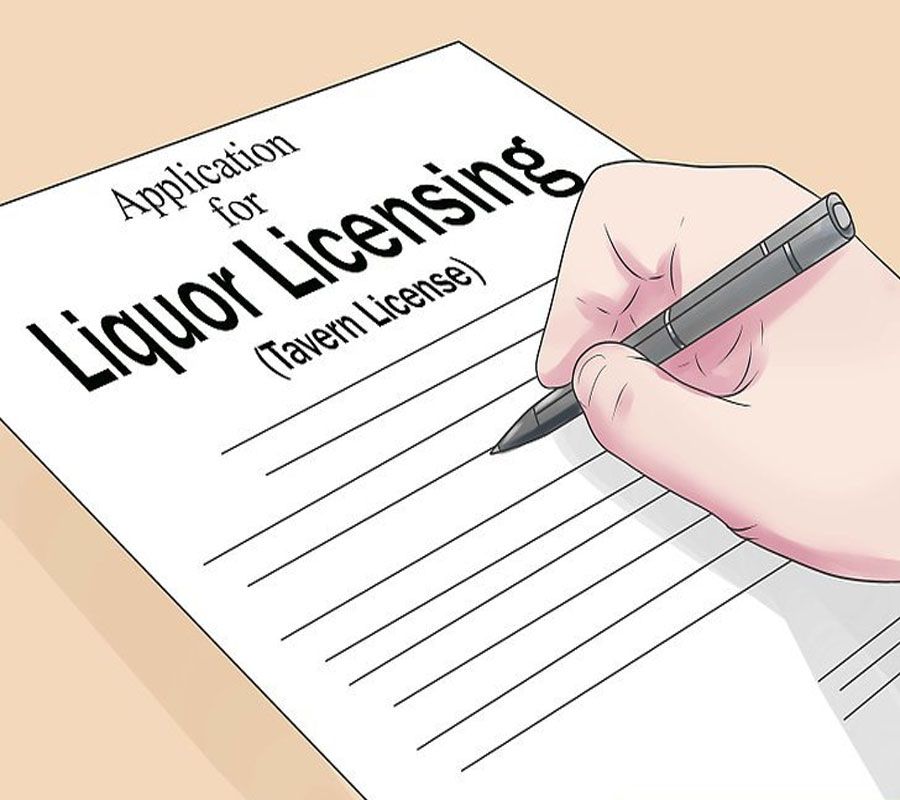

How to optimize the image for your web and mobile app development
It needs a lot of technicality to develop web and mobile apps perfectly. Image optimization is one of its important attribute. Experienced and trained developers at Kunsh Technologies pave your way towards effective image optimization tools and methodologies to keep retaining your visitor’s attention to your site.
An image catches more views to an application.
The opportunities are endless when you are talking about the images and application development. Of course, the choices and challenges may differ.
Developers spend a significant amount of time and efforts to streamline the web and mobile app logic. Since DevOps principles are started adopting by the enterprises, the application performance area is observed as the weakest link. Hence, it seems great when a software team opts for trimming the JavaScript code from a few megabytes to some hundred kilobytes when they are up to mobile app development.
However, the image optimization options for a specific user like the type, size, and quality of the images could benefit the developers even more.
The app performance improves using the smaller images, but those smaller images may not look good on the full-sized computer or modern day’s smartphone. On the other hand, the larger images may look good, but give an awkward feel when used on the small screen phones. To build this gap, the enterprises have started utilizing the network, device and browser capabilities in order to attain the best balance among cost savings, performance and user experience.
However, it is still quite challenging to implement such kinds of requirements considering the server code, application code, and image inventory. Involvement of dynamic image generation capabilities demands more efforts to secure, test and maintain codes. This is just going to become increasingly challenging as the device makers experiment with a variety of screen aspect ratios, like what Apple is implementing with its latest iPhones.

Image Courtesy: Google
Maintaining an inventory of images all across the discrete ranges is another best Image Optimization approach. They may not fit exactly in the way you need, but they reduce the storage maintenance and the overhead associated with image resizing for different devices. By moving further, you will know that the content delivery networks (CDNs) will work better for accomplishing it automatically. Meanwhile, Cloudinary and other similar cloud services provide best tools that are designed to automate image feedback loops that take benefit of feedback for optimizing the image delivery.
Here, Kunsh Technologies - Web Development Company shared some useful tips for image optimization for Web and Mobile App Development.
Scaling of Vector Graphics
The most promising approach towards the image optimization process lies in gaining benefits of more scalable vector graphics formats like PNG and SVG where the images are encoded using vectors rather than pixels. They provide considerable improvements in size that scale well compared to other formats like JPEG and GIF. However, they are not easily supported across all browsers or good for all types of images.
For SVG images, simple illustrations work best, but not the photos. SVG support is also a bit spotty still and has not been a part of the workflows quite yet. However, if the quality workflows will be included, the SVGs will possibly replace PNGs and JPEGs completely, for illustrations and logos.
According to the experts, people generally face the problem with the accounting for the image type and the browser where the image will be displayed.
Selecting the right image type format has become more complicated these days as browsers differ in their support for the image formats. This gives rise to some basic errors quite often like using PNG instead of a JPEG.
Images hardly scale equally
Another gap for the image optimization occurs when the adjustments are done by the developers regarding multiple setting for each image format that further affects the image’s visual quality later on. For a photograph, an 80% quality based JPEG might look perfect, but it may generate the hard lines and artifacts with embedded text. This often leads the developers to try an approach where ‘one size fits for all’ and a highly archaic system as an end result that is a lot heavier than it needs to be. An expert developer from Cloudinary suggests, ‘each image should essentially be analyzed for its unique contents, type, and colors for developing an optimal system’.
Image delivery at the proper dimensions is another best image optimization method. This is done especially for a responsive website that rarely gets done.
Now, when the developers have the HTML5 reset attribute, there is no need to deliver the largest required image no matter the breakpoint anymore. Each pixel needs the data; hence, there is no need to reduce the pixels of the image to the things going to be displayed. However, this is rarely done as the images are quite difficult to optimize.
Usage of a real-time image generation pipeline is suggested by the veteran developers for improving the user interface and ensure that every visitor gets the best assets for their experience.
New Formats Consideration
Many tools have emerged in the development arena to convert the existing GIF and JPEG assets into more scalable formats. However, a two-part problem arises here. The first is about transcoding a GIF or JPEG image to better formats. The second is to deliver the assets to the users.
JPEG XR and WebP are some modern image formats that hardly support universally. So, if there are tools to transcode them into those formats, you would still need to deliver them conditionally only to the visitors using devices or browsers that support them.
GIFs is a highly inefficient format. Therefore, the enterprises should be careful while adopting the better formats. WebP can easily adapt the animation and for animated PNGs, there is now the universal browser support. Using a video format like WebP or MP4, and loop or autoplay is even a better option. The new format of GIFV is an MP4 video. A video format’s usage can save around 90% over an image format, even APNG or WebP.
Bandwidth Budget Requirement
If the bandwidth is only concern with the image optimization, it will always give you the way to go with creating an image at every pixel between the largest and smallest breakpoints. No matter what their viewport width is, everyone would obtain a pixel-perfect image without downloading a single byte of data. However, some other considerations are also there like the CDN cache hit ratio.




